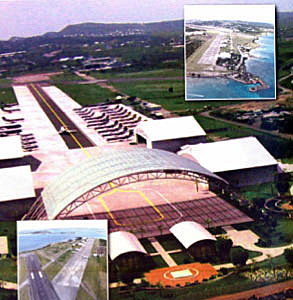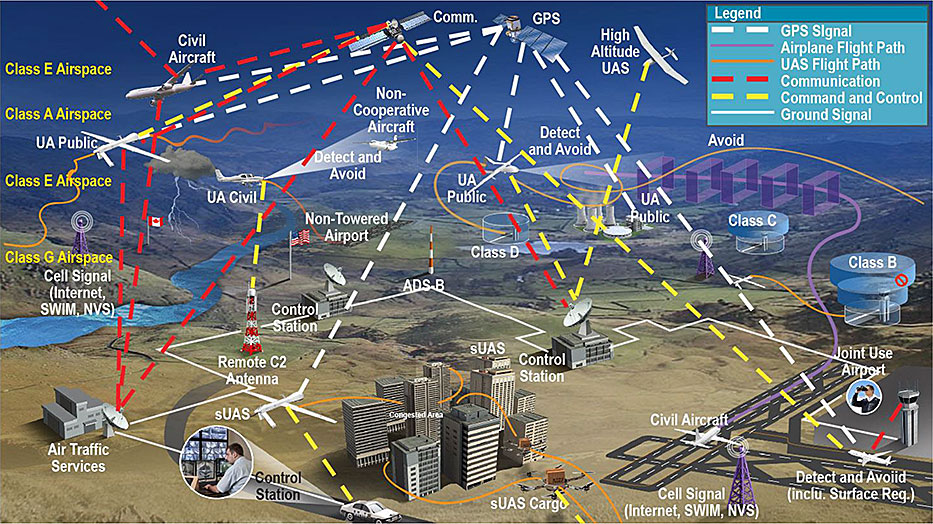
Autonomous Flight
M2C Aerospace and its industry and academic partners are developing an essential rigorous test and demonstration capability for accelerating the commercialization of emerging technologies supporting safe and efficient autonomous flight operations. The move to more autonomous aircraft operations is at the forefront of the new frontier in aviation. These technologies will profoundly improve aircraft safety, efficiency and environmental friendliness (reduced emissions), and reduce the cost of operating commercial, private, and military aircraft.
Industry is currently applying technologies, such as networked / cloud-based services and architectures, small-scale sensors and wireless technologies, to transform flight. M2C Aerospace and its partners are well positioned to offer the necessary supporting infrastructure and airspace needed to perform testing and demonstration of these enabling technologies prior to certification for operational use by national (FAA) and international (EASA) organizations. Once certified, the technologies will constitute commercially available parts for autonomous systems applications employed by aircraft manufacturers (e.g. Boeing and Airbus) and aircraft maintenance companies.
Key components to developing this capability will reside at a Massachusetts location and the M2C Aerospace Antigua Service Center (Figure 1).
The Massachusetts facility will host the high-fidelity 3D simulation capability to model the airspace and planned autonomous aircraft operations, including ground to air, ground to ground, and air to air communications. Additionally, the facility will host the Air Operations Center (AOC) for orchestrating and controlling live flight testing. The M2C Aerospace Antigua Service Center will provide a small cargo aircraft, operating commercially as part of an air cargo feeder operation in the Eastern Caribbean. The aircraft will serve as the platform that will be modified to perform more autonomously over time; initially transitioning from single pilot, to optional pilot and fully autonomous operation. Much like testing and demonstration ongoing at U.S. cities with autonomous automobiles having a driver on board, these tests will be conducted with a pilot always present.
The airspace used for testing will be largely over the Atlantic Ocean and flight testing will be done in a safe phased approach based upon anticipated spiral technology developments. Short safe and controlled flight segments will be followed by longer safe controlled segments operating in an integrated manned and unmanned air traffic environment. Eventual flights to larger gateways (e.g. Puerto Rico and Miami) will take place after the approval of the FAA. (Figure 2).
The Autonomous Aircraft Test Bed will Test and qualify “best of breed” technologies supporting safe and efficient operation of single pilot, optionally piloted and autonomous aircraft. The Test Bed will support, both at the Massachusetts facility and Antigua, the integration of communications, navigation, surveillance, on-board flight management, sense and avoid, and ground-based traffic management systems (Figure 3).
The location of the airspace used for testing and demonstration is over the Atlantic Ocean and away from the general public and congested air traffic areas. As such, it offers an ideal setting for rigorous testing in a variety of weather conditions and scripted emergency situations, without threats to personal safety or property. Significant interest in the Test Bed has been received from government agencies and industry (Aerospace and Defense, and Air Cargo Carriers).



